We may earn money or products from the companies mentioned in this post. This means if you click on the link and purchase the item, I will receive a small commission at no extra cost to you ... you're just helping re-supply our family's travel fund.
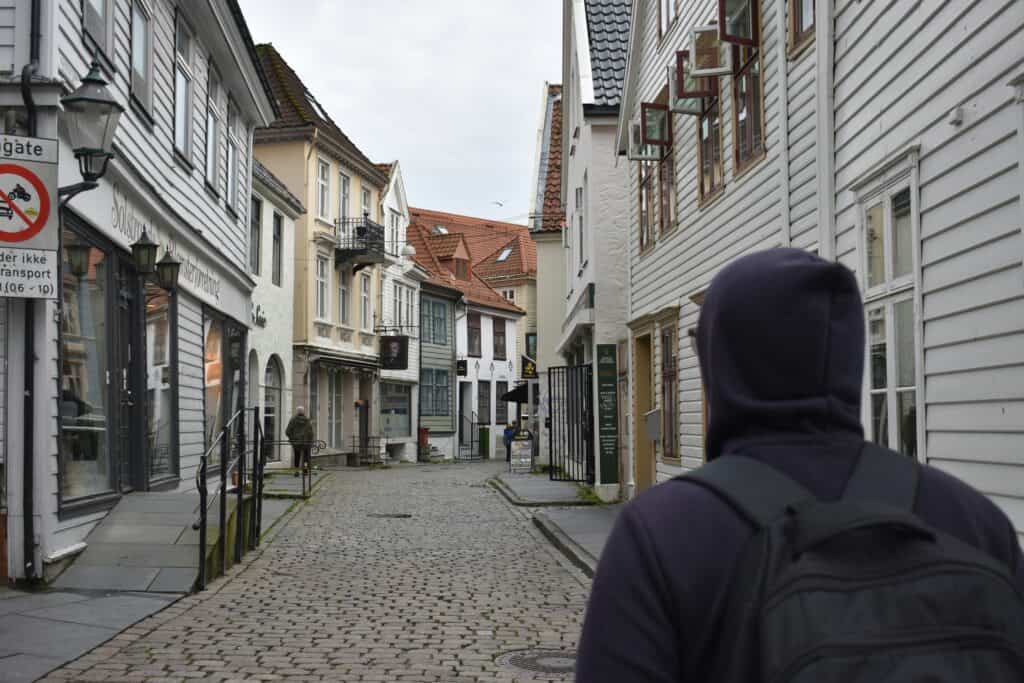
Adventure travel in 2025 carries a sharper edge. Confident explorers are tracking wildfire seasons, shifting visa rules, crowd fatigue, and rising costs with more intention, not less ambition. Operators respond with smaller groups, deeper partnerships with local communities, and backup plans built into every route. From Arctic cruises to desert trails, the question is no longer whether to roam, but how to balance risk with meaning, and choose places that still feel human at ground level. The outlook is not about fear; it is about picking journeys that respect reality and still feel alive.
Cooler Seasons And Smarter Timing
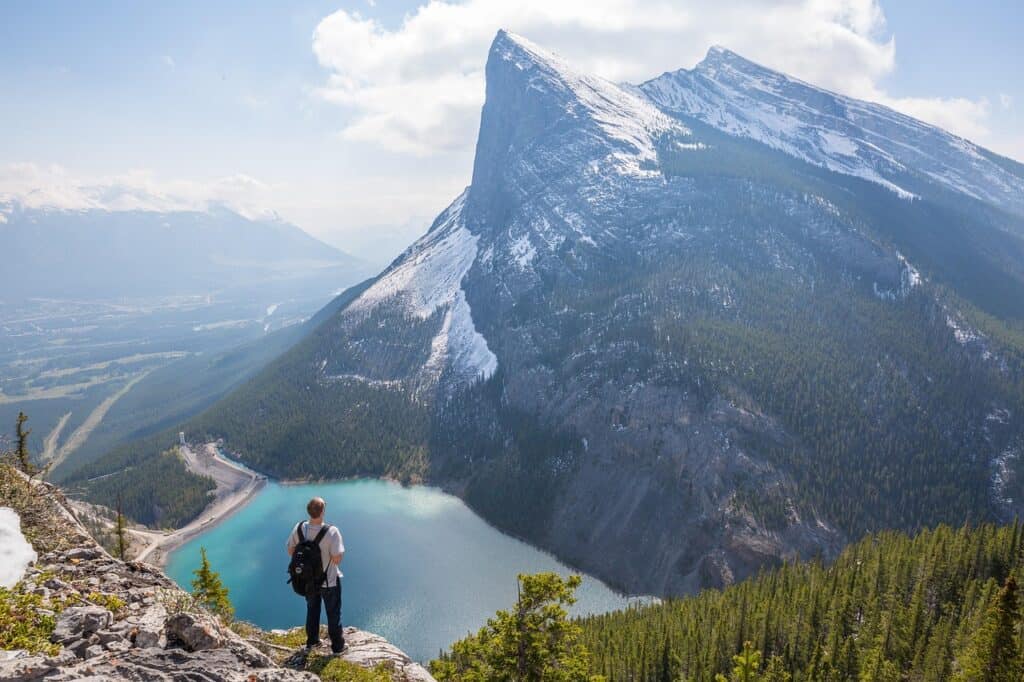
Extreme heat, erratic monsoons, and smoky summers push many adventures into shoulder seasons and higher latitudes. Travelers favor spring and autumn treks, alpine lakes instead of scorched beaches, and sunrise departures that dodge afternoon peaks and closures. Outfitters rework calendars, monitor climate alerts, and design flexible windows so ambitious routes stay safe. Timing becomes the first safety tool, not an afterthought tacked on at checkout.
Geopolitical Reality Checks On Routes

Conflict zones, protest hotspots, and sudden sanctions in 2025 keep risk maps in motion, including stretches of Eastern Europe, the Sahel, and parts of the Middle East. Serious operators lean on verified intelligence, insurance that actually pays, and routing that respects regional tensions instead of chasing headlines. Responsible itineraries favor stable neighbors, local guides, and frank safety briefings that treat adults like adults. Transparent communication becomes part of the experience, not a buried disclaimer.
Digital Nomad Visas Meeting True Adventure

With dozens of countries now offering remote work visas, longer stays blend paid work with slow, local exploration instead of constant border hops. Surf towns, mountain hubs, and compact capitals attract climbers, divers, and hikers who base out for months rather than days. That stability supports local businesses beyond high season while easing strain on fragile sites. The reward is depth: language learned, friendships formed, trails repeated. For many, that pace lowers risk, sharpens awareness, and turns one big trip into a livable rhythm.
Sustainable Thrills Over Shallow Checklists
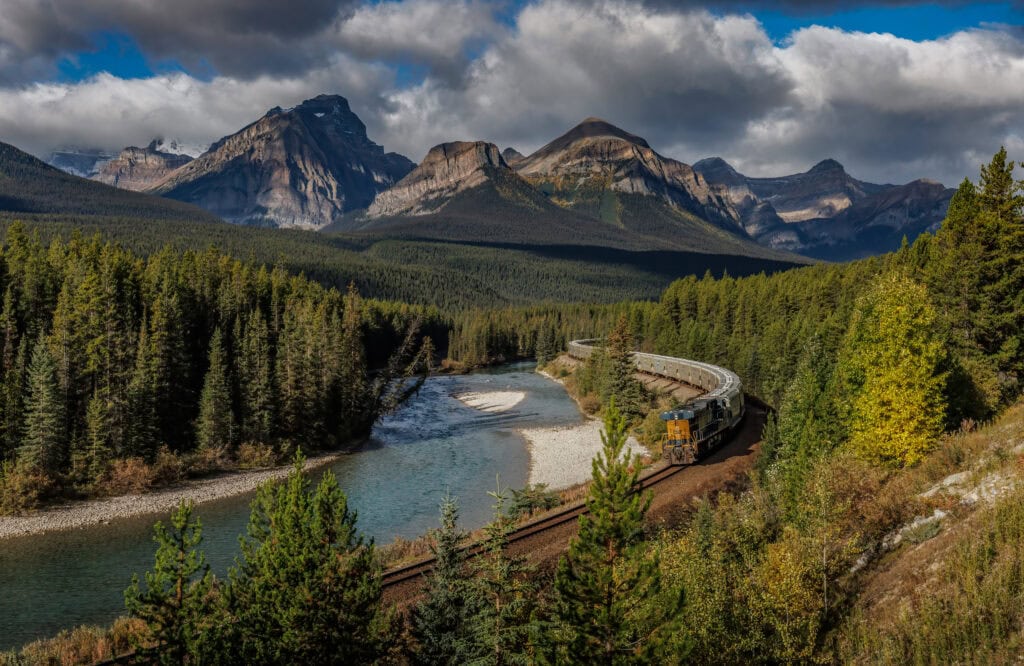
Carbon-aware travelers quietly skip short-haul hops, choose rail where it exists, and stay longer in fewer regions instead of racing passports. Adventure itineraries shift toward eco-certified lodges, citizen science sailings, and guiding cooperatives that keep income in rural communities. High-impact experiences like heli-skiing draw tougher questions, while human-powered journeys rise. The new flex is a summit photo that did not burn three pointless connections.
Wildfire, Storm, And Glacier Risk Management
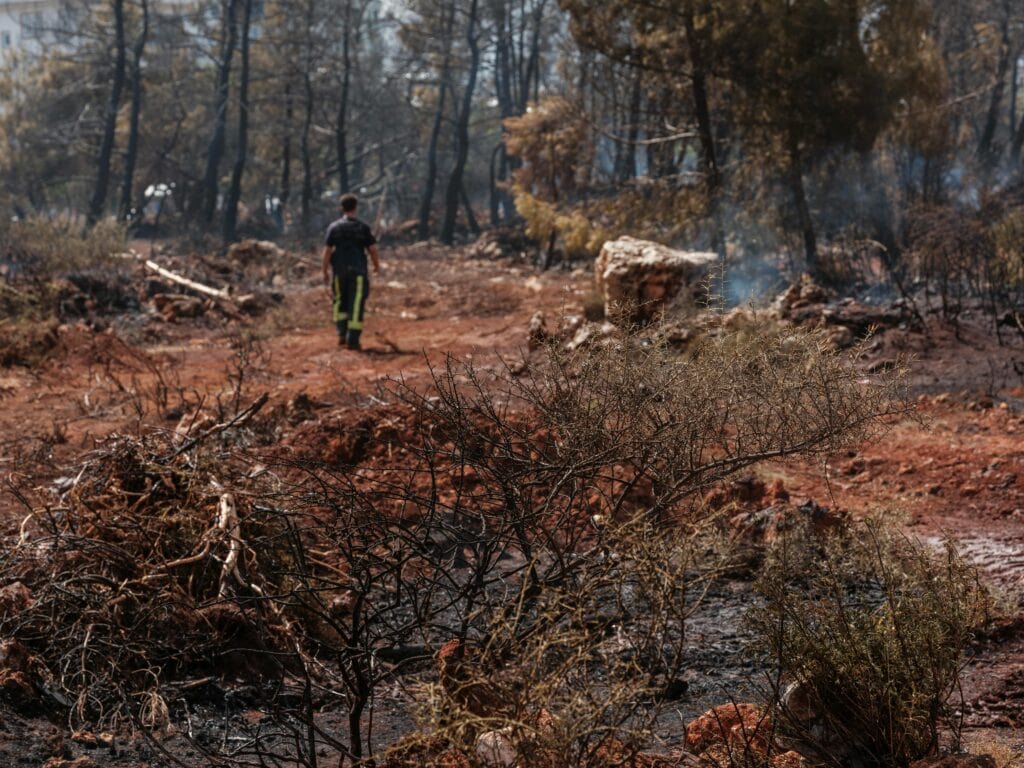
By 2025, wildfire smoke, swollen rivers, and unstable icefields are standard planning variables, not freak exceptions. Serious mountain and backcountry operators adjust cutoffs, hire skilled local guides, and publish firm go or no-go criteria before payment clears. Guests now see alternate routes, rest days, or relocations built into proposals. The bravado of pushing through red flags gives way to calm respect for forecasts and frontline expertise.
Secondary Cities And Quiet Borderlands
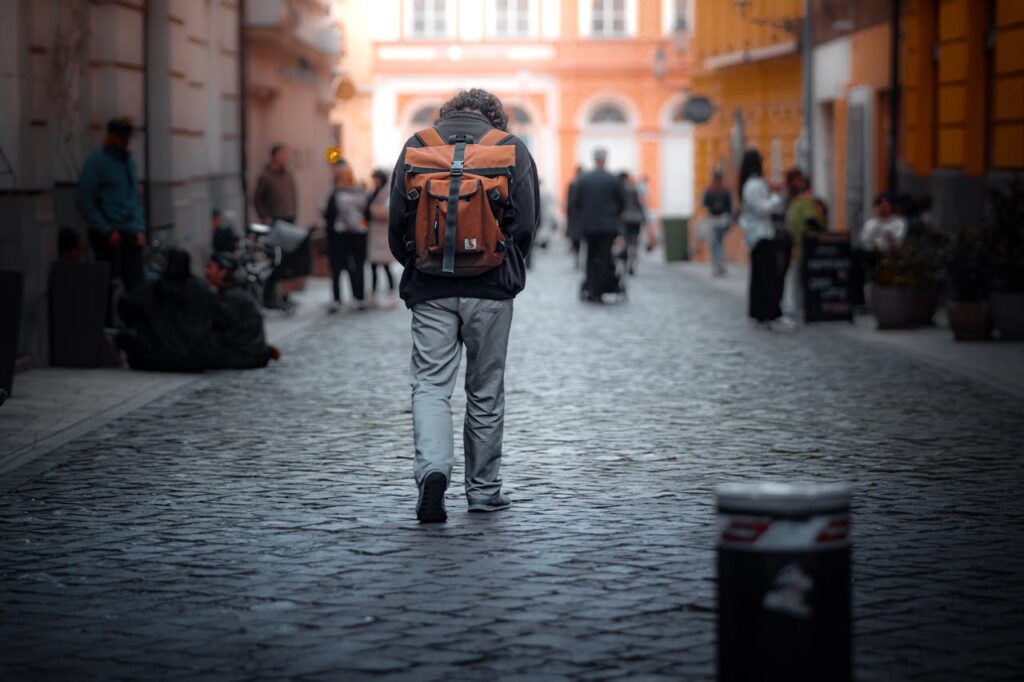
Overtourism, pricing spikes, and crowd-control rules steer more adventure toward under-sung regions that still feel personal. Climbers look to lesser-known ranges, cyclists link working towns, and trekkers follow pilgrimage paths and old trade routes that hold memory. These places reward patience: simpler guesthouses, local food without staging, and conversations that go past postcard icons. The risk is fewer big-name landmarks; the reward is real welcome.
Remote Work Meets Remote Wilderness

Portable satellite internet, smarter offline maps, and lighter power gear make it easier to work weekdays and roam harder on weekends without constant relocation. Long-stay cabins near trailheads, surf breaks, and desert plateaus gain favor as bases, not trophies. This pattern shrinks frantic country-hopping and deepens ties with one landscape and community. It also demands discipline: clear boundaries between calls, cliffs, and commitments. When it works, ambition, earnings, and immersion share the same map instead of fighting each other.
Wellness, Skill, And Serious Challenge
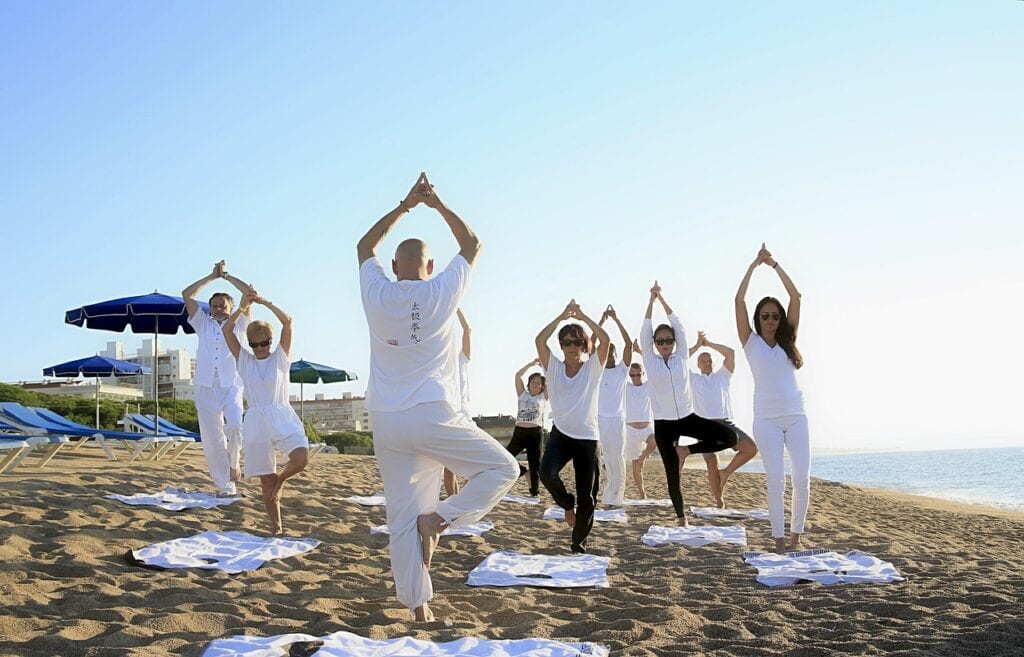
Adventure in 2025 leans toward experiences that combine exertion, education, and recovery instead of blunt endurance contests. Freediving courses, avalanche training weeks, endurance camps, and cold-water retreats attract travelers who want competence, not empty bragging rights. Programs pair strong coaching with quiet downtime, nourishing food, and decent sleep. Risk is managed through preparation, leaving more room for awe that feels earned. The gain is confidence that travels home, not just photos that vanish into a feed.
Ethical Wildlife And Cultural Encounters
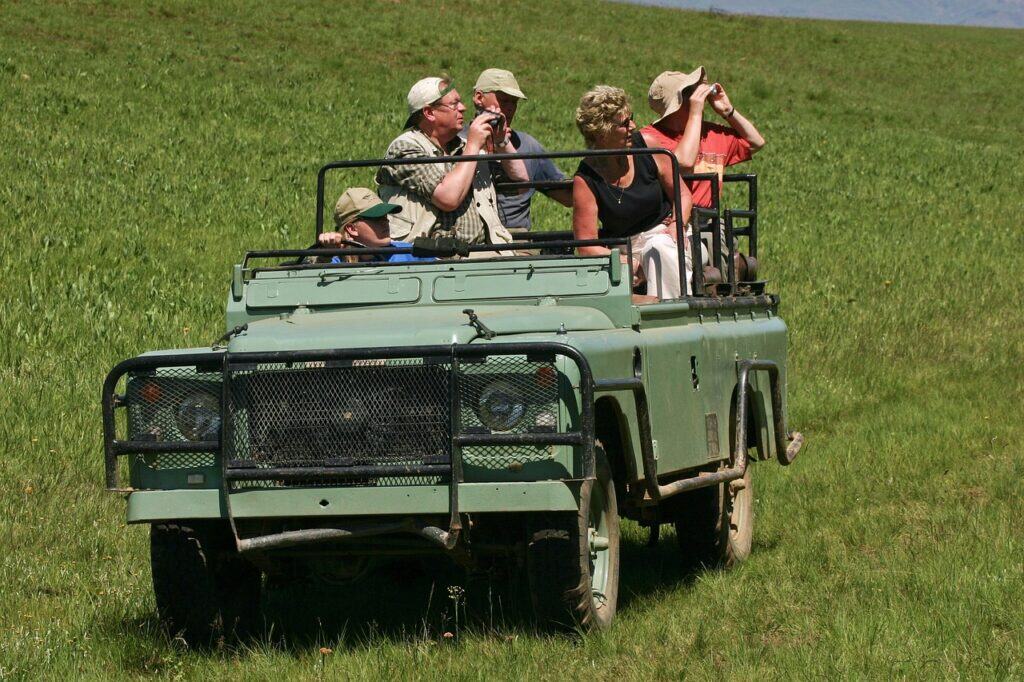
Animal tourism and cultural visits face sharper scrutiny, and informed travelers follow their conscience. Adventures now favor tracking with biologists, community-led homestays, reef restoration dives, and visits where hosts define boundaries and pricing. Suspicious sanctuaries and staged encounters fade. The reward is intimacy without extraction: smaller groups, longer talks, clear consent for photos, and stories that still feel right years later.
Choosing Where To Go Next With Intention
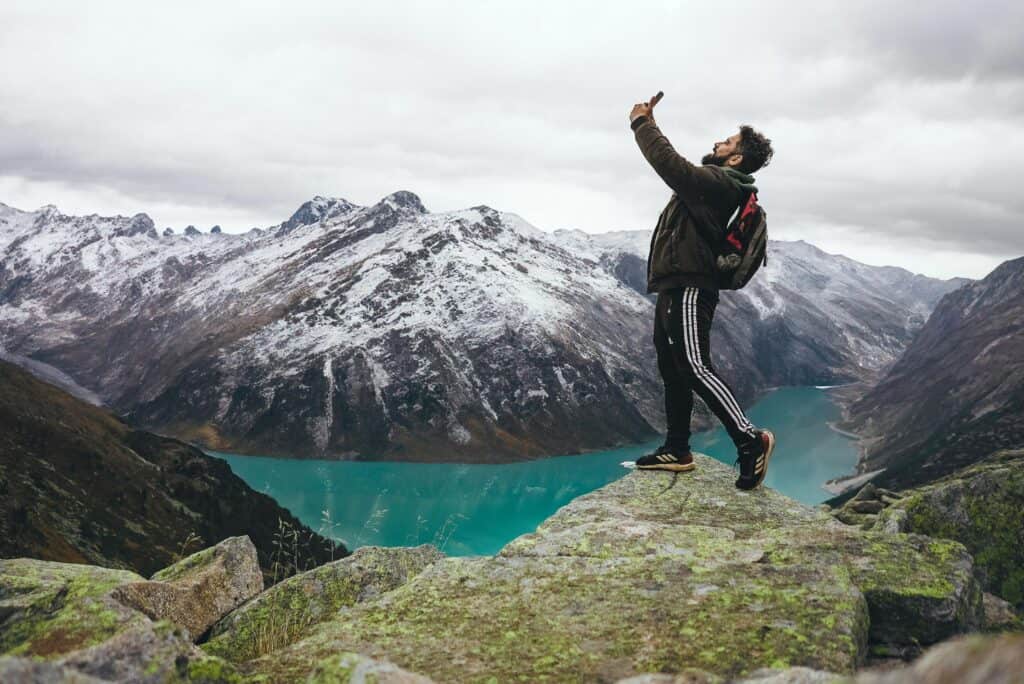
By late 2025, the strongest adventure decisions rest on three filters: safety that is explained, sustainability that is visible, and depth that feels honest. Travelers gravitate to regions balancing infrastructure with real wildness in parts of the Balkans, Central America, South Africa, and the Caucasus. The next great journey centers on alignment: leaving with clearer priorities, steadier nerves, and respect for the places that hosted them. That mindset filters noise and lets risk feel measured instead of vague.